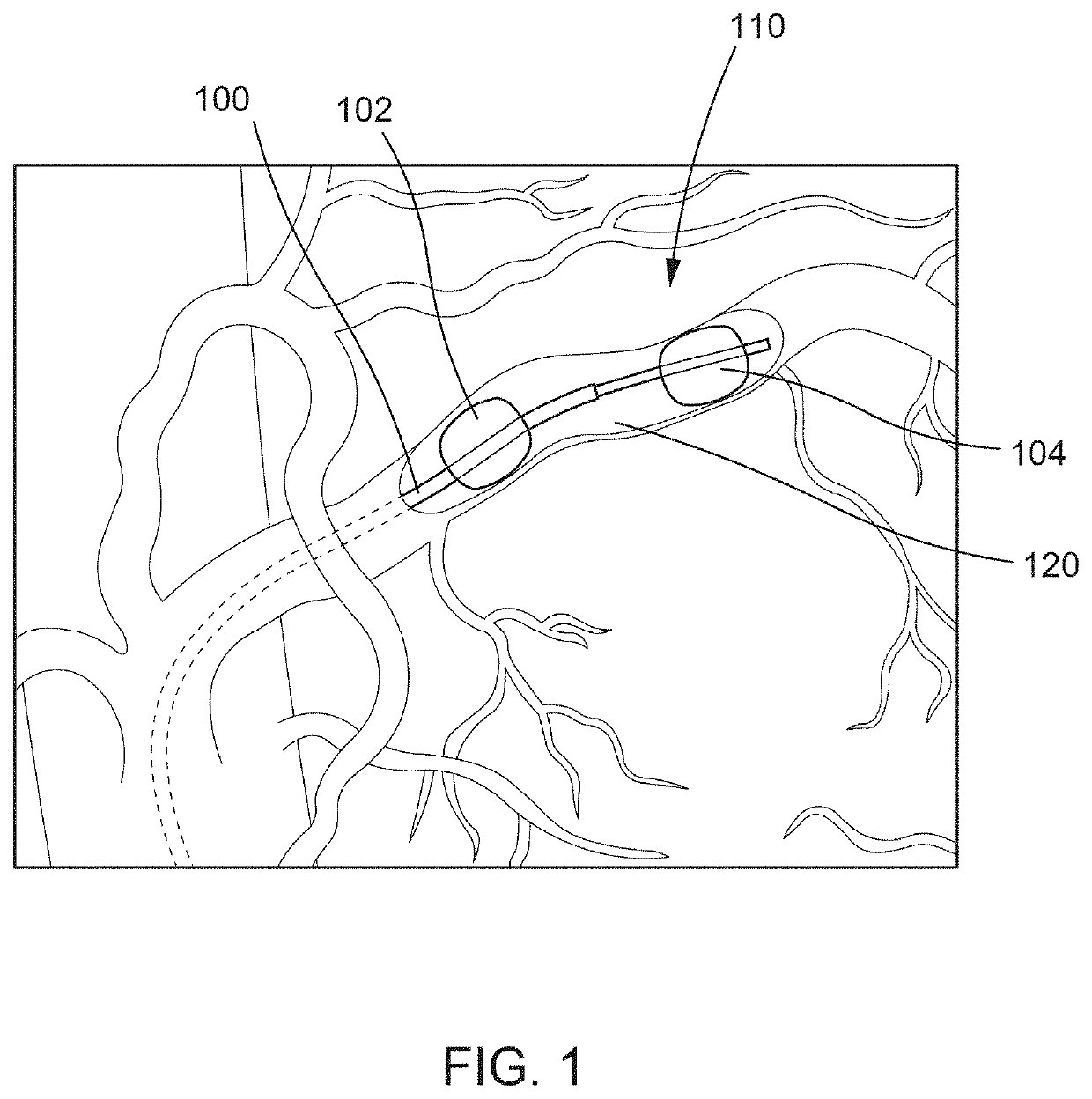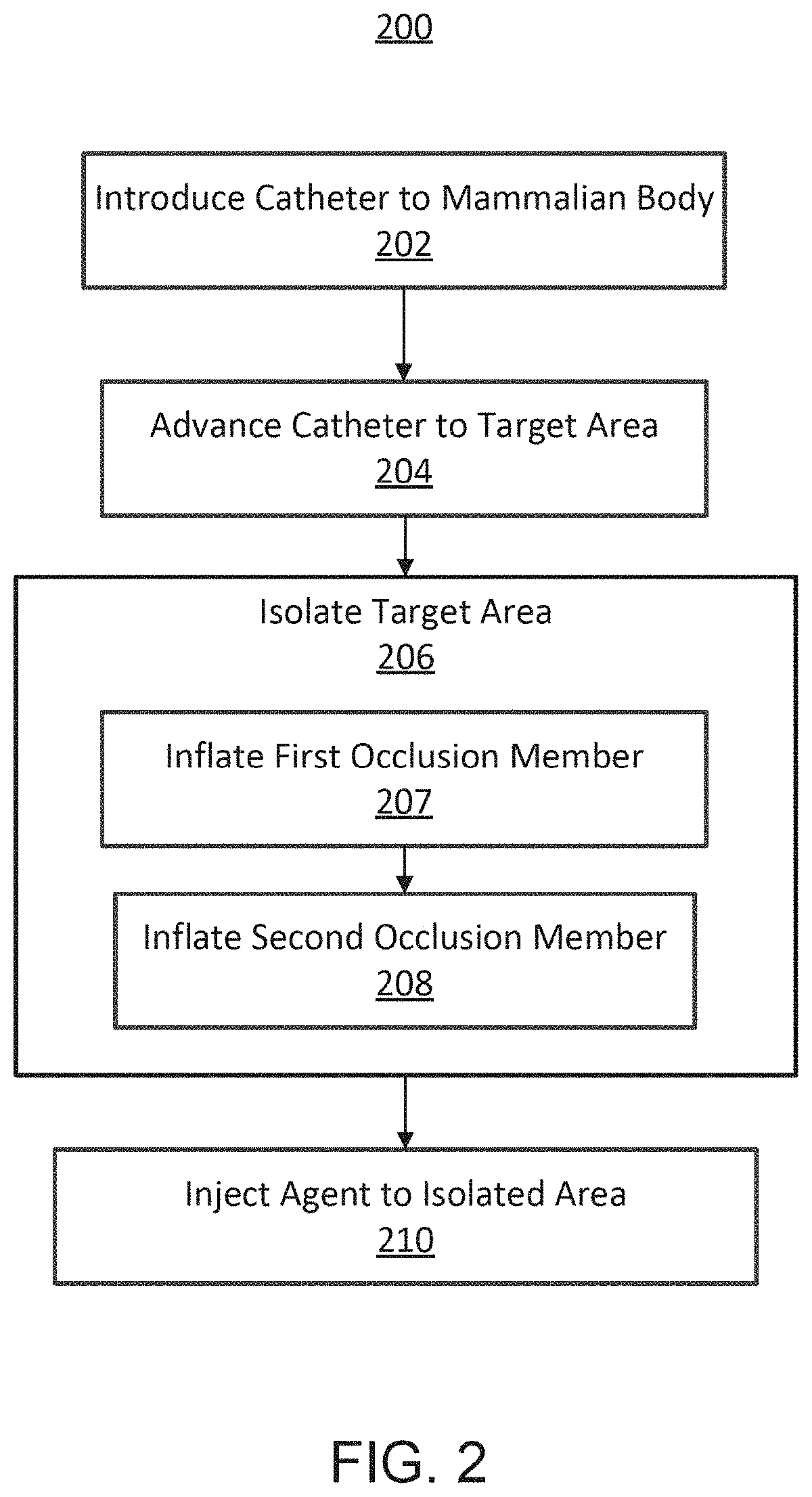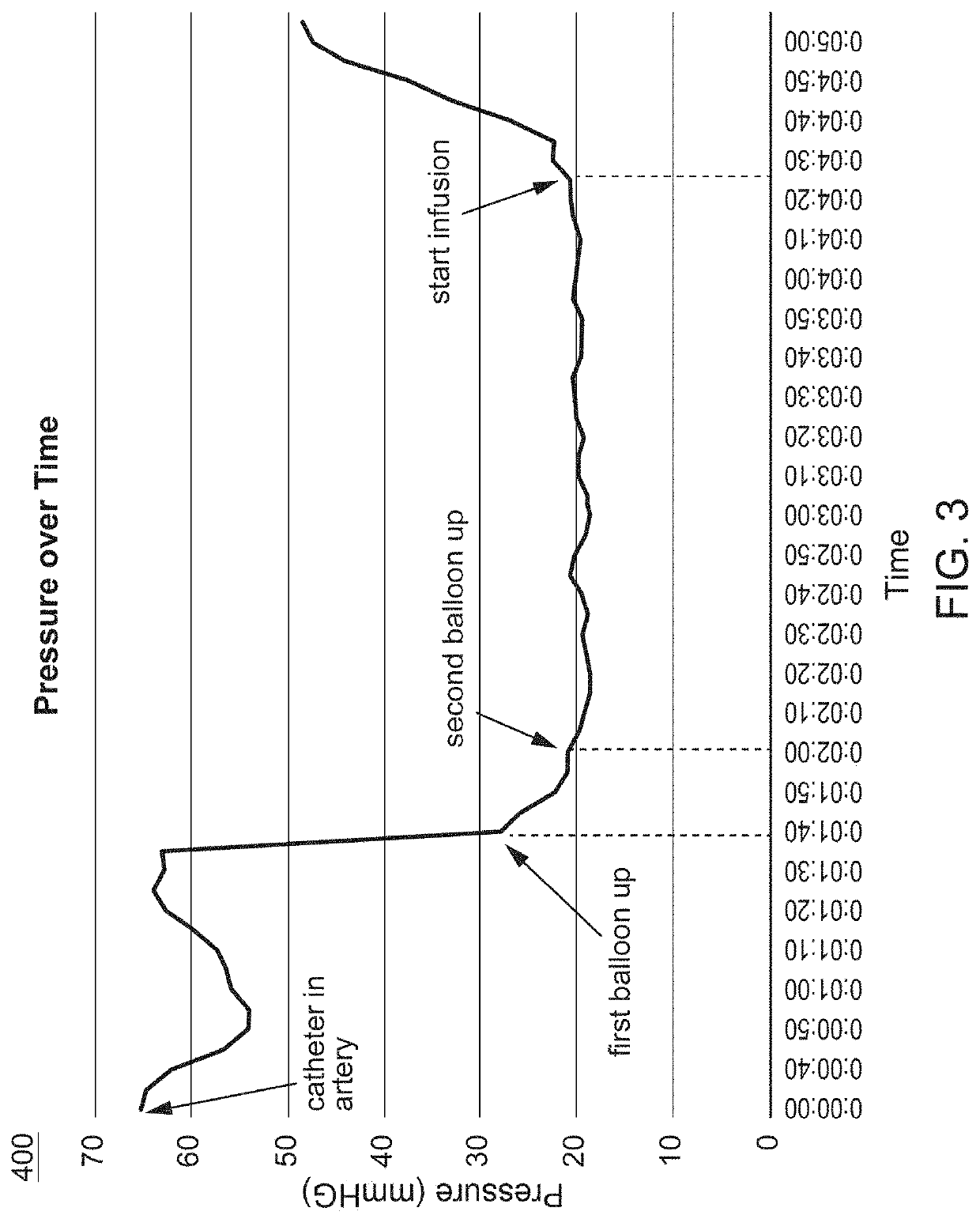Methods for treating cancerous tumors
a cancerous tumor and tumor technology, applied in the field of cancerous tumor treatment methods, can solve the problems of hair loss, radiation and chemotherapy can have undesirable systemic side effects, surgical resection may not completely remove the tumor,
- Summary
- Abstract
- Description
- Claims
- Application Information
AI Technical Summary
Benefits of technology
Problems solved by technology
Method used
Image
Examples
Embodiment Construction
[0053]This application is not limited to particular methodologies or the specific compositions described. It is also understood that the terminology used herein is for the purpose of describing particular embodiments only, and is not intended to be limiting, since the scope of the present application will be limited only by the appended claims and their equivalents.
[0054]Unless defined otherwise, technical and scientific terms used herein have the same meaning as commonly understood by one of ordinary skill in the art to which this invention belongs. Although any methods and materials similar or equivalent to those described herein can be used in the practice or testing of the present application, the preferred methods and materials are now described.
[0055]As used herein and in the appended claims, the singular forms “a,”“and,” and “the,” include plural referents unless the context clearly dictates otherwise. Thus, for example, the term “chemotherapeutic” is intended to mean a singl...
PUM
 Login to View More
Login to View More Abstract
Description
Claims
Application Information
 Login to View More
Login to View More - R&D
- Intellectual Property
- Life Sciences
- Materials
- Tech Scout
- Unparalleled Data Quality
- Higher Quality Content
- 60% Fewer Hallucinations
Browse by: Latest US Patents, China's latest patents, Technical Efficacy Thesaurus, Application Domain, Technology Topic, Popular Technical Reports.
© 2025 PatSnap. All rights reserved.Legal|Privacy policy|Modern Slavery Act Transparency Statement|Sitemap|About US| Contact US: help@patsnap.com



